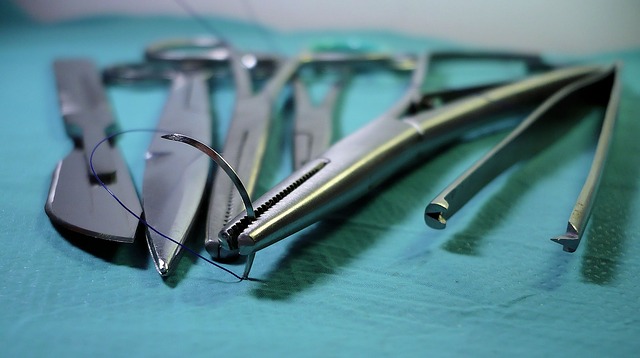The human body is perfect – almost
Our ears and nose have special tissue that is softer than bone but harder than muscle. Deforming this tissue for medical reasons usually requires surgery involving incisions and sutures. Healing from this type of surgery is painful and can leave scars. Soon, however, surgeons will be able to avoid these problems by using electricity instead of a scalpel. A special type of tissue is cartilage. Its internal structure is very strong and always returns to its original shape, making it very difficult to reshape.
There are several different types of cartilage in the body. For example, cartilage in the ears and nose is stiffer than cartilage in joints, tendons, and intervertebral discs. Surgeon Brian Wong works at the University of California, Irvine, and is a biomedical engineer, among other things. He uses his “technical know-how” to solve medical problems. Several years ago, Wong was looking for a way to fix a deformed nose without cutting or stitches. The cartilage that separates the nostrils in the nose is called the septum. In some people, this tissue is off-center or crooked. This “deviated” septum makes breathing difficult. Some people are born with this problem. Sports injuries and other trauma can also alter the shape of the septum.
Conventional septal surgery is challenging. It is difficult to reach the area that needs repair. In fact, the space is too small. Cutting away cells with a blade tends to damage or kill them, leaving painful scab-like scars. Unwanted scars can also be quite noticeable. To avoid these problems, Wong tried a new method of reshaping the septum without using a scalpel: heating the cartilage with an infrared laser. This is less invasive than cutting the nose with a knife. And surprisingly, it worked. The reason is that heating is still damaging to the cells, and the method is still very expensive.